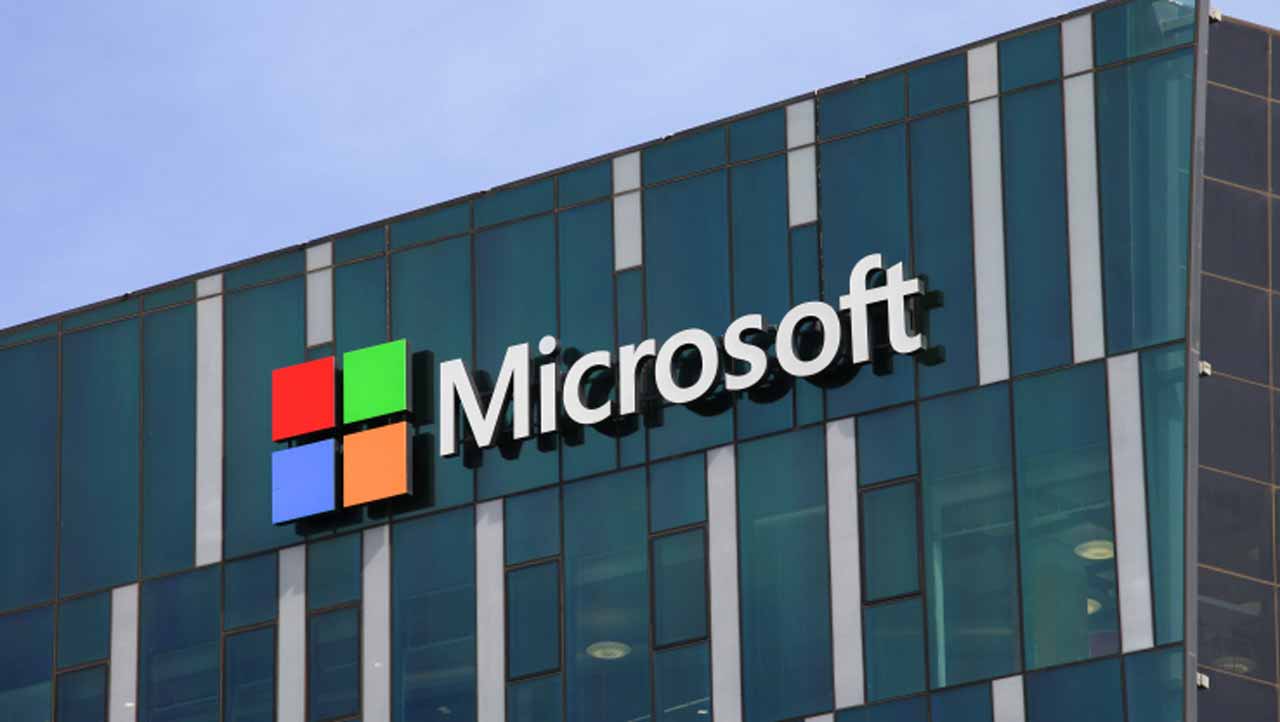Cloud-Computing catapults Microsoft to a new capitalization height
Between December 2018 and last month, Microsoft overtook Apple as the world’s most capitalized company, with a capitalization of $ 1,046,900,000,000.00 as of 17 July 2019. This works out to over N 366.4 trillion, assuming an exchange rate of $1 = N 350. The company’s revenue rose 12% to $33.72 billion from the year-earlier period, […]

Between December 2018 and last month, Microsoft overtook Apple as the world’s most capitalized company, with a capitalization of $ 1,046,900,000,000.00 as of 17 July 2019. This works out to over N 366.4 trillion, assuming an exchange rate of $1 = N 350. The company’s revenue rose 12% to $33.72 billion from the year-earlier period, according to statements by the company last Thursday. With this performance, the company beat projected revenues and profit. In case you are curious, the five most capitalized companies in the world after Microsoft, in order, are Amazon ($ 967.2), Apple ($ 932.1), Alphabet Google) ($ 785.1), Facebook ($ 566.2), and Berkshire Hathaway ($ 505.4). The figures in parenthesis are in trillions of US dollars, and all these entities are American companies.
According to the Wall Street Journal of 17 July 2019, for the current Microsoft’s fiscal year, which ends on June 30, “revenue and profit both grew by double digits and reached record levels. The company made more than $125 billion in the year.”
Good for Microsoft, but perhaps more relevant to this column is the fact that the revenue in the company’s cloud-computing businesses accounted for about a third of the sales in the period, rising to approximately 39%. This event is certainly a testament to the growing maturity of cloud business. When this column started in Daily Trust on 21 November 2011, with the very first article of the column entitled “Understanding Cloud Computing,” the technology was at its infancy, and no one could tell for sure where it was going to go.
Borrowing from the maiden article in this column, the “cloud” in cloud computing could conveniently be taken as the Internet. So, essentially, cloud computing is “computing on the Internet.” That is, from your desktop, laptop, or smartphone, you log into some “far away” website and start “computing,” which means running some applications or developing yours. The cloud infrastructure is essentially that of a data center. Depending on the scale and the degree to which the cloud allows other people access, we could have private clouds, public clouds, and hybrid clouds (private plus public). You can do one of three things in a cloud. The first is “Infrastructure as a Service (IaaS),” whereby you upload your application to the cloud site and run it there for a fee, using the hardware (servers, storage capacity, network bandwidth, etc.) in the site. The second mode of usage, “Platform as a Service (PaaS),” allows you to log into the cloud site and use software tools in the site to build your own applications. This obviously enhances quick roll-out of your software. In the third utilization mode, “Software as a Service (SaaS),” you access the cloud site in order to use available software (developed by others) on the site. The cloud supplier, not the user, is responsible for the hardware that delivers this service, as well as for the creation, updating, and maintenance of the software. In all cases, you pay for only what you use.
Relative to the classification of cloud services presented above, there is now a fourth classification, which is known as Serverless Computing, sometimes referred to as Function as a Service (FaaS). In this model, you as a person or business can develop app functionality without spending time continually managing the servers and infrastructure required to do so, as the cloud provider handles the setup, capacity planning, and server maintenance for you. The provider acts as the server, dynamically managing the allocation of machine resources. Thus, you do not need to buy servers or virtual machines, and billing is of course based on the resources you use to satisfy the request. This model overlaps with PaaS.
Microsoft’s lot has been buoyed by investments in other areas as well, with revenues coming from sales of its tablet – Surface – and the Xbox gaming consoles, though Microsoft’s gaming saw a 10% reduction in revenue relative to the previous quarter. On the other hand, LinkedIn, which Microsoft bought in 2016, saw a revenue rise of 25% in the company’s latest quarter. The sales of Windows commercial products and cloud services grew 13%, which is believed to be helped by customers’ upgrading to newer versions of the operating system, perhaps in anticipation of January 2020, when Microsoft will ostensibly stop supporting the legendary Windows 7.
It’s obviously an exciting, if not a highly competitive, time for cloud computing, and Microsoft is certainly riding the wave. The company’s financial reporting segments were the Productivity and Business Process (MS Office products) and More Personal Computing (Windows). Now, Intelligent Cloud is a relatively new addition which, as stated above, has contributed significantly to Microsoft’s revenue and profits. Note, however, that in addition to Azure, which is the core Microsoft Cloud, the latter segment contains several other products, including SQL Server, Windows Server, Visual Studio, System Center, consulting services and support. The take-away from this article is that cloud computing has come of age.
